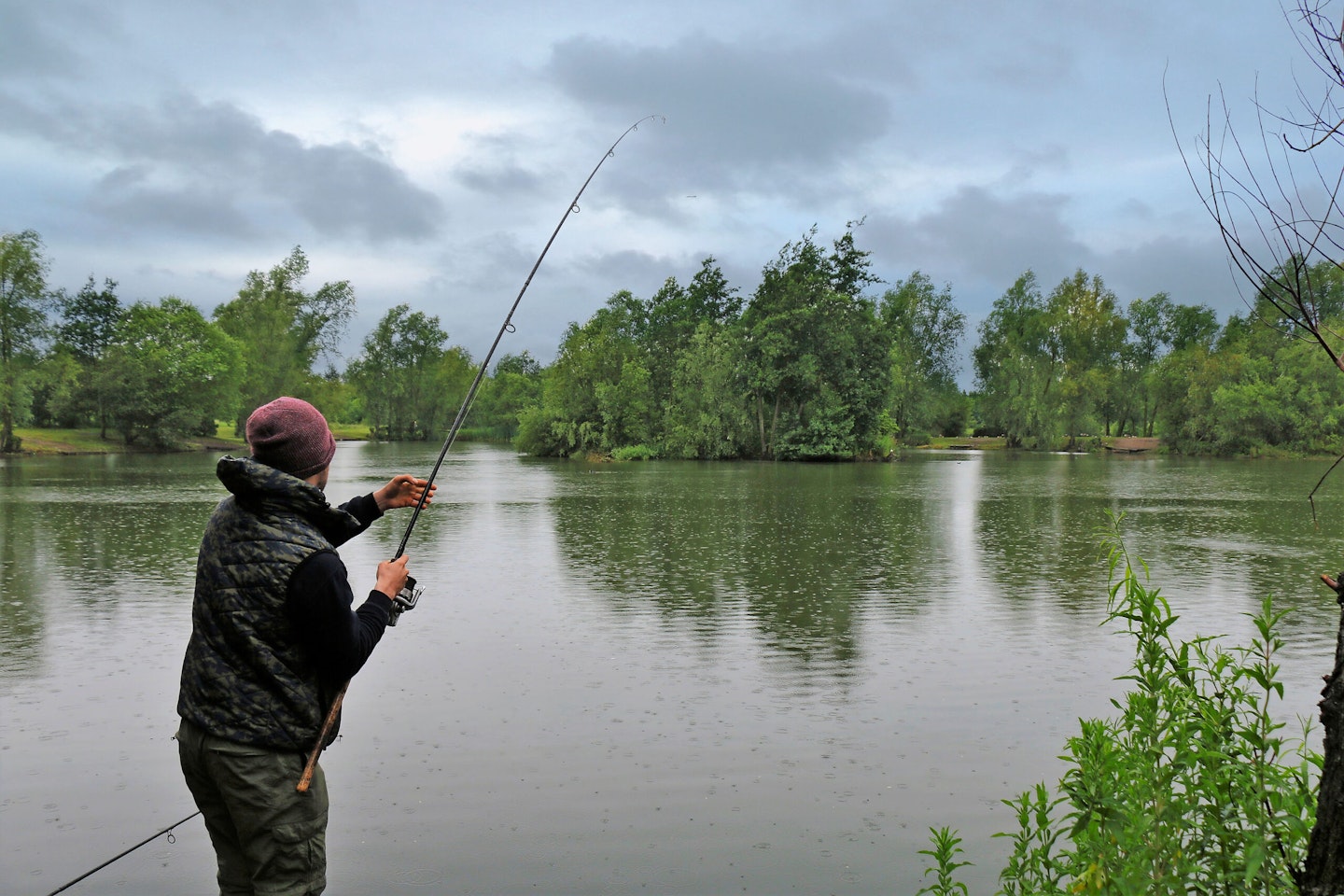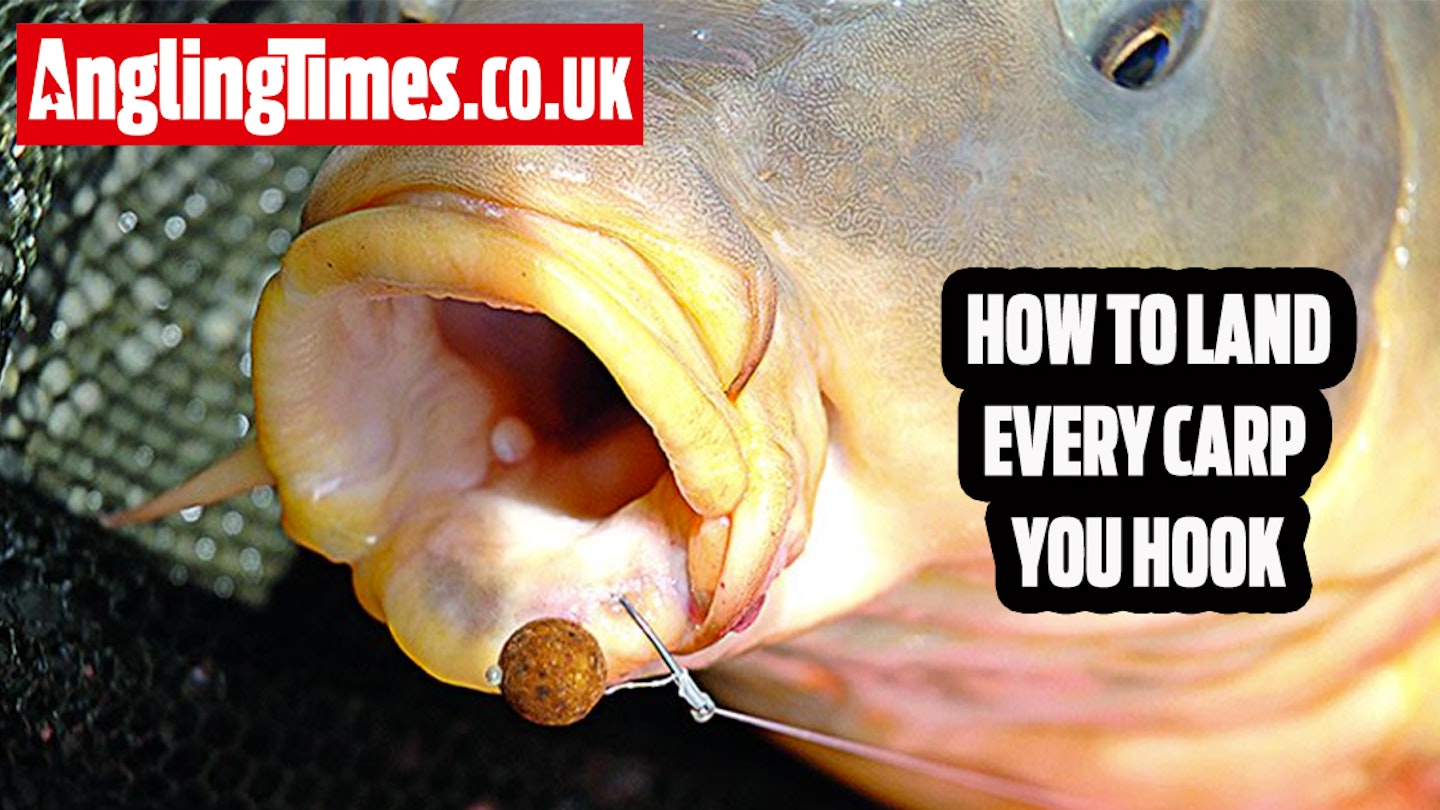There’s nothing worse than losing a big fish right at the net! But most of the time, this occurrence is avoidable and with a bit of reflection there is likely something you have done wrong in the build up to hooking the fish. Follow these simple rules to ensure there’s no chance of your hook coming out at the wrong moment.
Check your points!
The hook’s job is to prick and penetrate the carp’s mouth with minimal resistance. But if your hook is anything less than ‘sticky’ sharp, it doesn’t matter how good or beautifully tied your rig is, you’ll automatically be at a disadvantage.
This can lead to fish falling off during the fight, as the hook hasn’t penetrated as effectively as it should have done.
The easiest way to test the hookpoint is to place it vertically on to your fingernail, then tilt it. If it slides at all, then it’s blunt and you’ll need to change the hook or give it some TLC with a hook sharpening file.
FIND THE BEST VENUES FOR CARP FISHING NEAR YOU IN THIS WHERE TO FISH GUIDE.
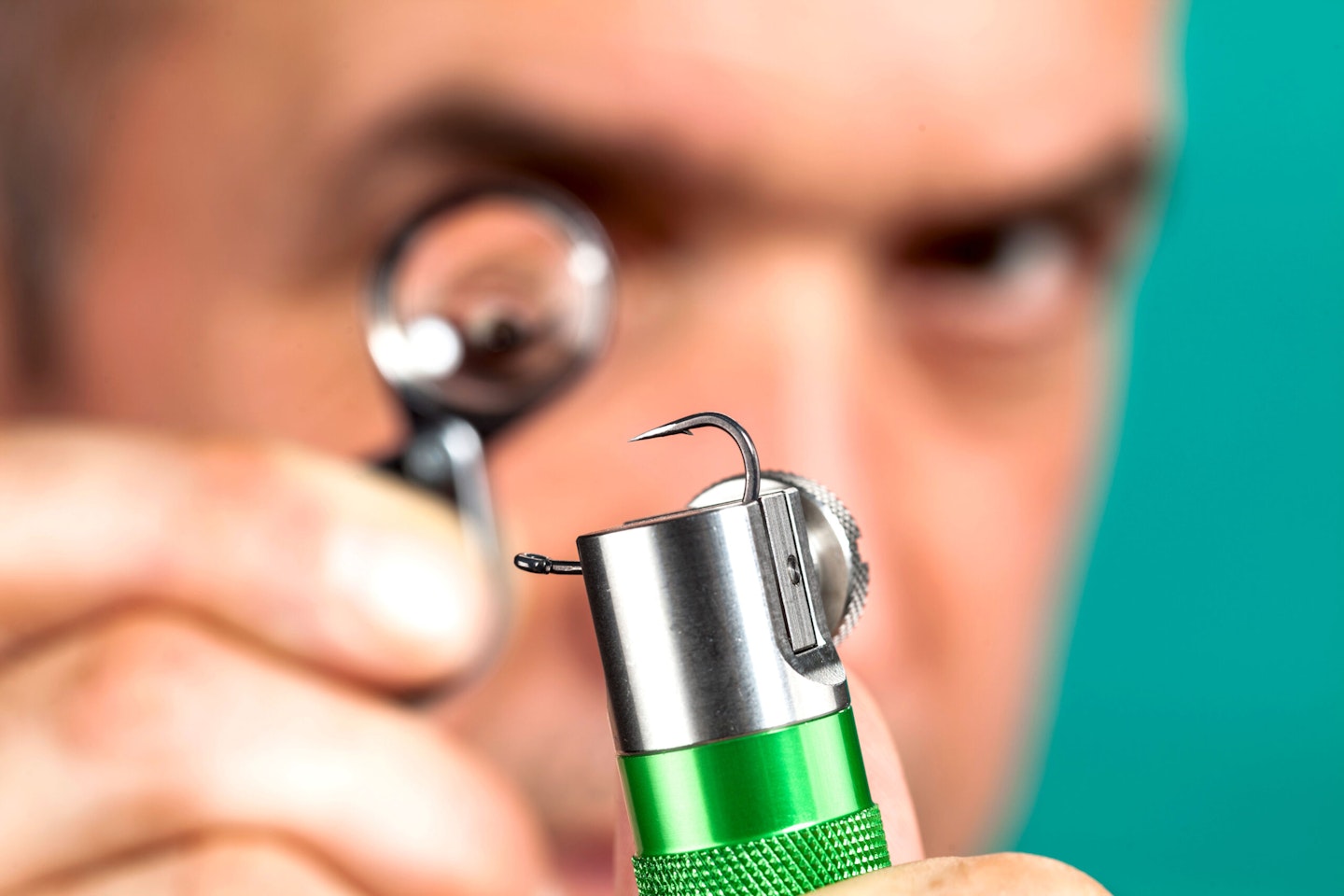
Length matters
The length of your hooklink can have a big bearing on hookholds. If your hookbait and rig get buried in any detritus then they simply won’t work as intended.
Going longer ensures that the rig isn’t dragged down into the muck when the lead plummets into the lakebed, and just adding a few inches to your hooklink can be all it takes to improve hookholds when the bottom is not firm.
An easy way to slow the descent of the rig to make sure it settles on top of lakebed rubbish is to incorporate a PVA bag of crumbinto your set-up, ideally by threading it down the hooklink.
Of course, there are other benefits to this, not least that you end up with a pile of highly attractive boilie crumb near your hookbait that can help to disguise the rig.
HAVING THE BEST BAITS IS ALSO A BIG EDGE IN CARP FISHING.
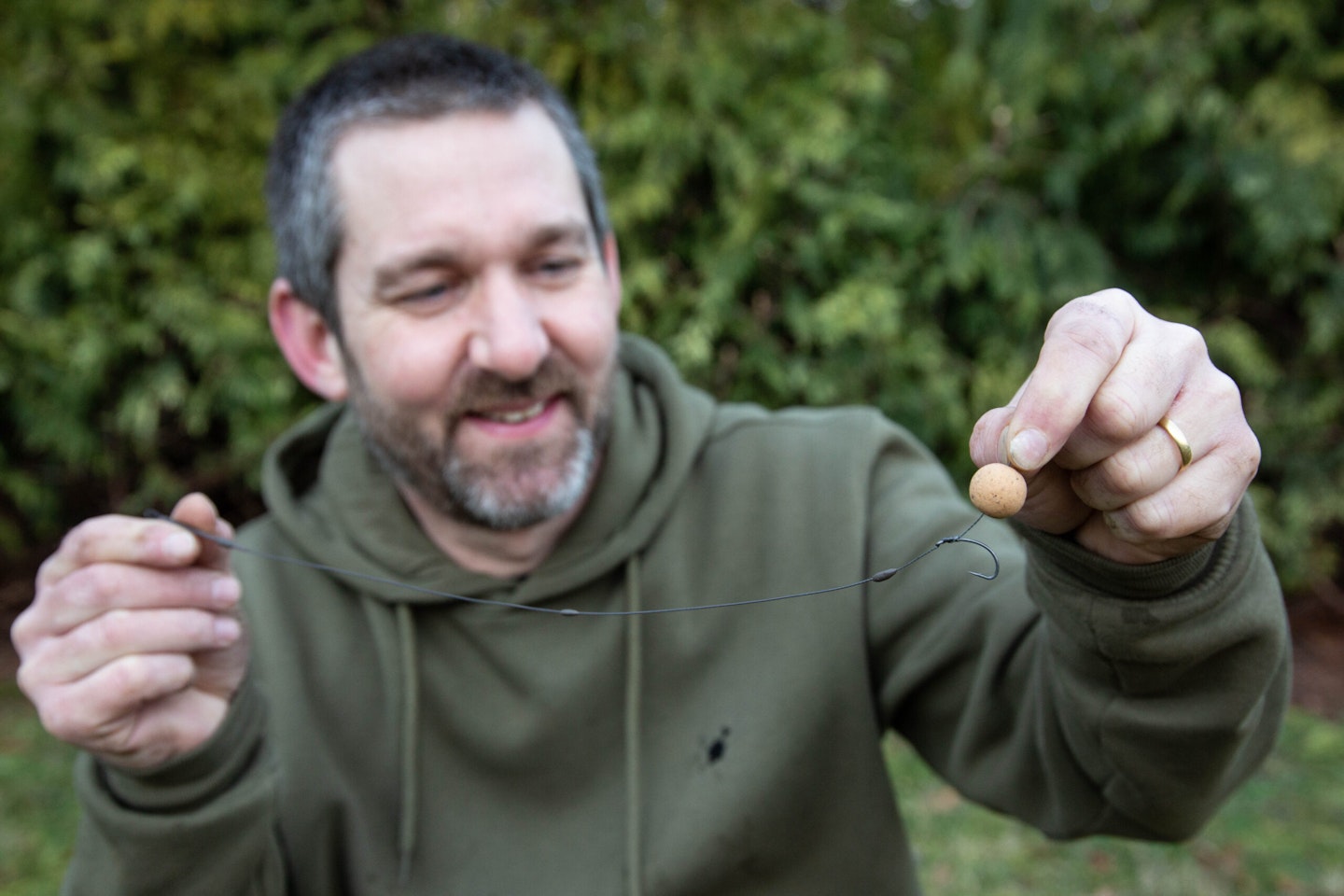
Reaction times
One cause of poor hookholds is attributed to the fish having ‘soft mouths’ as a consequence of their being predominantly ‘silt feeders’. By improving the ‘reaction speed’ of the hook and making it turn further back in the carp’s mouth, you can convert more pick-ups into fish in the net.
Adding line aligners, kickers or extensions to the hook shank pushes the ‘fulcrum’ (the lever point along the hook that creates the twist) further away from the point. This means that the hook reacts when more of it has entered the fish’s mouth, placing the point in contact with flesh further inside.
Result? Better hookholds and fewer lost carp.
HAVING GOOD LINE CAN IMPROVE YOUR BITE INDICATION. HERE ARE THE BEST CARP LINES.
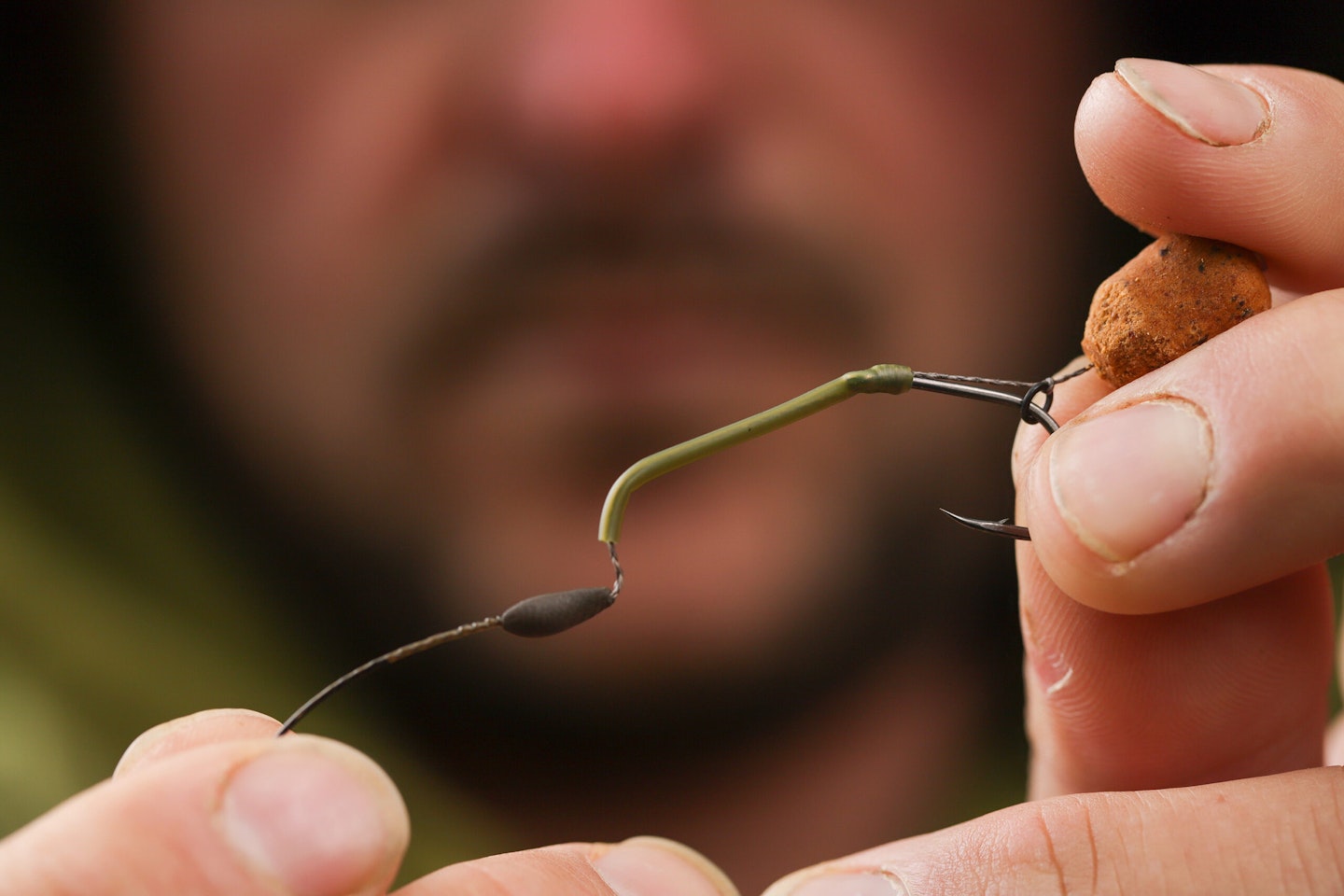
The right bait
The bait being used has a significant effect on the way our rigs work, especially when it comes to pop-up rigs.
If you consider the mechanics of set-ups like the chod, hinged stiff and Ronnie rigs, which all rely on the rig being able to twist freely to offer optimum mechanical efficiency, it’s not hard to see why a poor pop-up that isn’t buoyant enough and allows the rig to lean over can potentially undermine the rig’s performance.
Think of it like turning a bicycle wheel – if the axle is horribly out of alignment it won’t turn freely. It’s a similar concept when looking at the rotation of pop-up rigs with stiff hook sections. If the pop-up doesn’t do what it should, then the rig will be compromised, and so will the hookhold.
ARE YOU USING THE RIGHT BOILIES? FIND OUT MORE IN THIS BUYER'S GUIDE.
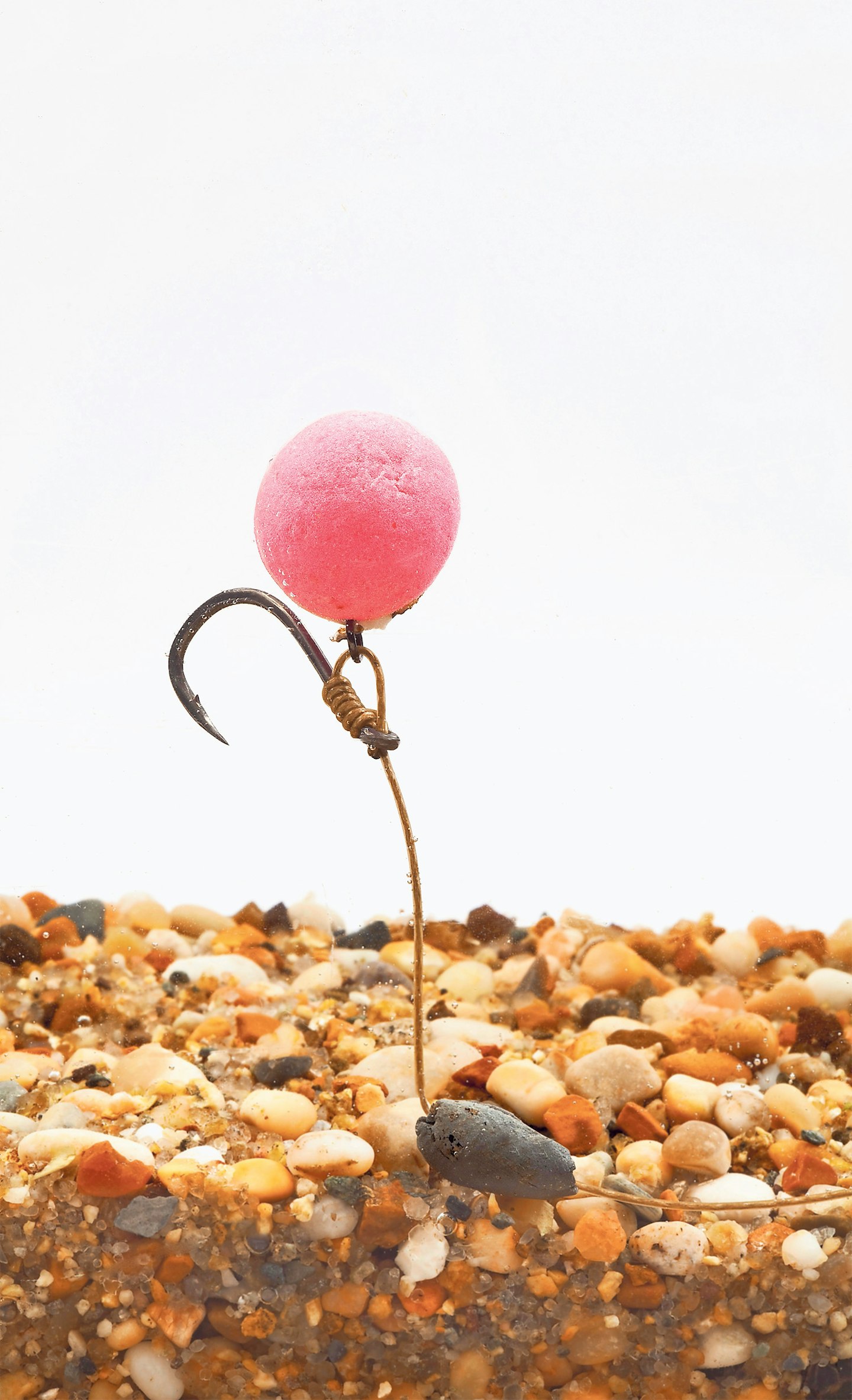
Playing style
If you’re getting hook pulls and you don’t think it’s your terminal rig arrangement that’s at fault, think about how you play your fish, and your technique when you pick up the rod.
Most modern hooks have pin-sharp points straight out of the packet, and if you’re fishing with a clutch set relatively tightly so that the fish comes under pressure from the off, most of the time the hook will already be embedded.
You don’t need to strike! Just lift the rod and tighten the clutch in a controlled way to be in direct contact with the fish. A dramatic strike is actually likely to do you more harm than good.
GET THE BEST RODS FOR CARP FISHING IN THIS BUYER'S GUIDE.
